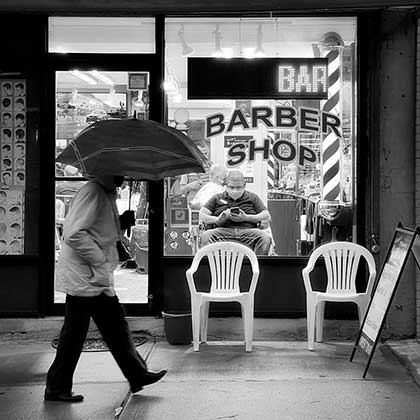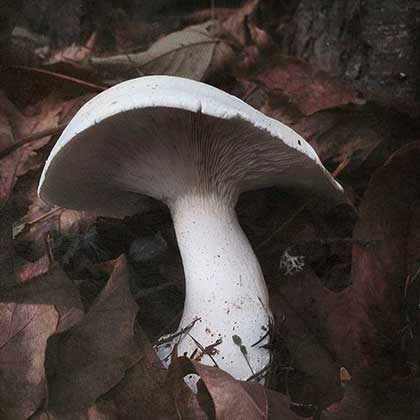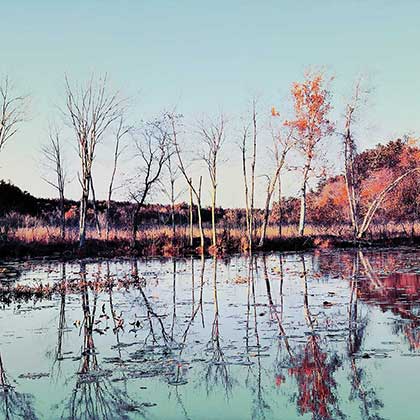The Off Function: focus on a brand-new function
Several tutorials have been published yesterday on Hipstography, specifically regarding the 4 main interfaces of Hipstamatic 300: Classic Mode, Pro Mode, The Editing Suite and the Library. You can access all of them via this section of the site (Manual -> Hipstamatic 300).
 In one of these tutorials you’ll find information about one of the most brilliant innovations of 300, namely, the possibility to take pictures without having to choose a film or lens, you can find that in point 5 in the tutorial about the Editing Suite. The lens and/or film are basically switched off, so the picture is taken with the iPhone’s native camera.
In one of these tutorials you’ll find information about one of the most brilliant innovations of 300, namely, the possibility to take pictures without having to choose a film or lens, you can find that in point 5 in the tutorial about the Editing Suite. The lens and/or film are basically switched off, so the picture is taken with the iPhone’s native camera.
And along those lines… I just published a picture by Chris Hornbecker, who as you might know, has a lens named after him, and is also the inspiration for the AO DLX and AO BW films. Incidentally, I published an interview with Chris when we did the "Always Shooting. Always On."-exhibition… For this picture, Chris used the Florence lens, paired with Cadet Blue Gel flash and no film in particular. New possibilities galore!
This post is also available in: French






One Comment